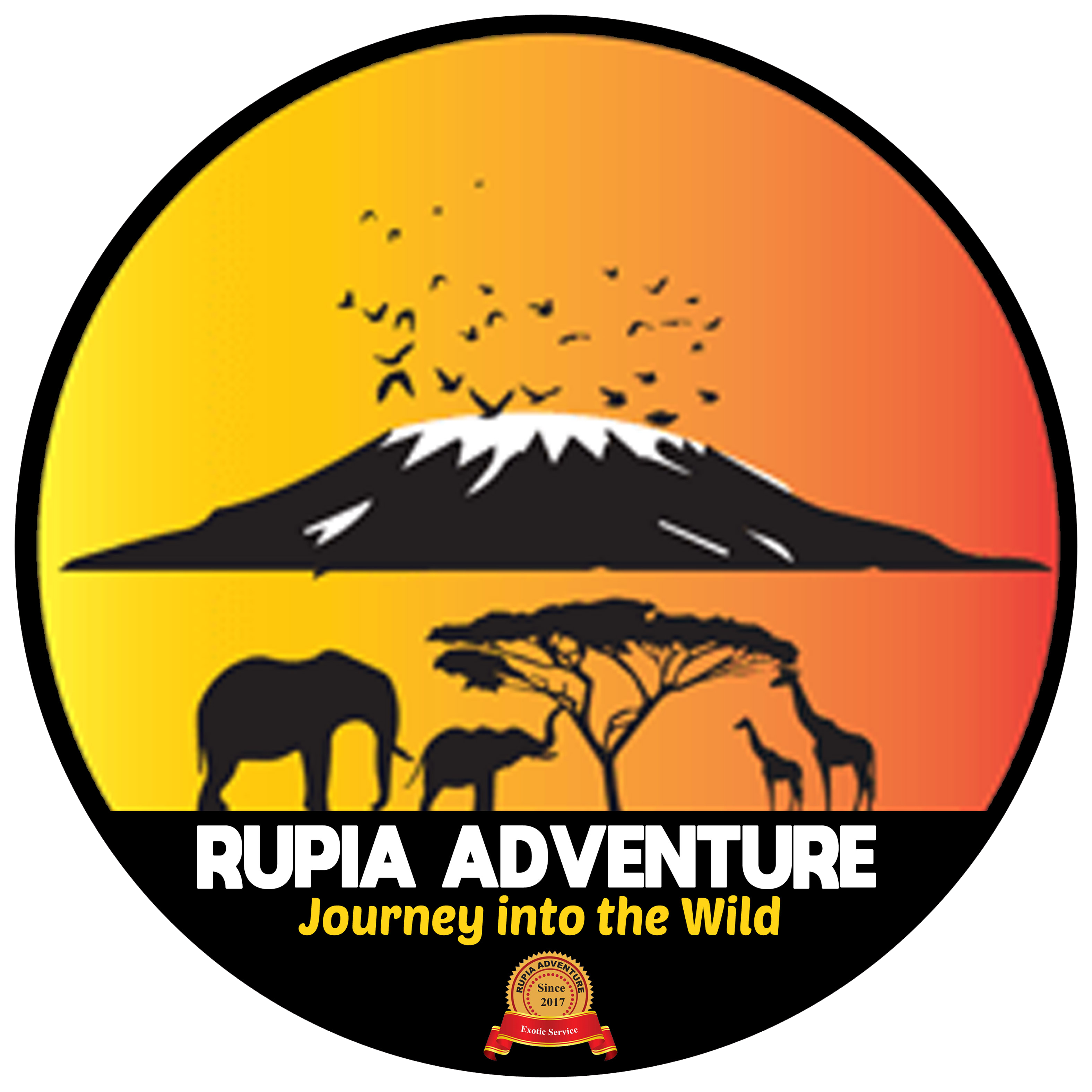Kilimanjaro Trekking via Lemosho Route
The lesser-known Lemosho route begins on the western side of Mt Kilimanjaro. The first 2 days of the tour cross the thick rain forest belt which then changes into heath and moorland with many ferns and ericas along the way. The small trail sometimes has very steep passages and goes through diverse landscapes. On the third day, the trail joins the Machame route. Compared to the Marangu and the Rongai route, the Lemosho route is more challenging.
Day 1: Lemosho Gate – Mti Mkubwa
A three-hour drive from our Hotel brings us to the Londorossi Park Gate located on the western side of Kilimanjaro. At the gate, we pick up our game ranger who will accompany us, as we might encounter elephants and buffaloes during our trek. We drive to the trail head at Lemosho Glades and start our trek through the rain forest. In places, the vegetation is sountouched that it grows right across the narrow track. The flora and fauna are richer here than on the other more popular routes through the rain forest. Our trek today will be along a little used track known as Chamber’s Route. In about 3-4 hours, were a chour camping the rain forest at Mti Mkubwa (BigTree).
Day 2: Mti Mkubwa-Shira One
After breakfast, we start the climb cross the remaining rain forest towards the giant moorland zone. Today is a full day trek with an altitude gain of 2,000 ft. A great lunch stop is One, a beautiful valley just outside the Shira Crater at around 10,000 ft. After lunch, we cross into the Shira Caldera, ahigh altitude desert plateau that is rarely visited. Shira is the third of Kilimanjaro volcanic cones, and is filled with lava flow from Kibo Peak. The crater rim has been decimated by weather and volcanic action. Today you will get your first close views of Kibo- the dramatic summit of Kilimanjaro.
Day 3: Shida One – Shira Two
Full day exploration of the Shira plateau; Trek east toward Kibo’s glaciered peak, with the optionto visit the ancient collapsed Shira cone, the oldest of Kilimanjaro’s three volcanoes. Arrive at Shira 2 camp(Fischer’s Camp); Shira is one of the highest plateaus on earth. Trekking time without the optional excursions is about 3hours.
Day 4: Shira two camp-Barranco
Today is the last of the “easy days”. It is about a 7- hour superb hike. We pass the lava tower, around the southern flank of Kibo, and slowly descend into the spectacular Barranco Valley, interspersed with giant lobelia and senecio a plants. After arriving at our most spectacular campsite, everyone stands in a weat the foot of Kibo Peak, looming high above, on our left. Our camp is only 465 feet higher than where we were last night, but during the day, we will have climbed to just over 14,000 feet. This is one of our most valuable days for acclimatization.
Day 5: Barranco Camp – Barafu Camp
On the eastern side of the valley, across the stream is the Barranco Wall- a 950ft. barrier of volcanic rock. Although it is tall and looks steep, it is very easy to climb. This is our first challenge of the day. The views from the wall are nothing less than magnificent. The rest of the day is spent skirting the base of Kibo peak over our left shoulder. We descend down into the Karanga Valley, stop for lunch here and continue on. First thing, you will be making a steep hike out of the valley. The air starts getting quite thin, and you will be running short of breath. It is a tough, but rewarding uphill to the rocky, craggy slopes at the camp. Barafu means, ice in Swahili, and it is extremely cold at this altitude. So, go to bed early because we will be waking you at midnight for the final leg to Uhuru Peak.
Day 6: Barafu Camp – Uhuru Peak – Mweka Camp
A wake up call at midnight for the final ascent to Uhuru Peak. Dress warmly because it is the steepest and most demanding part of the mountain. The moon will provide enough light, and we’ll reach Stella point by sunrise. At dawn, from the Crater rim, rugged Mawenzi is a thrilling sight, with the Kibo saddle still in darkness beneath you, and the crater’s ice-walls looming ahead. 1- 2hours to reach the highest point in Africa Uhuru peak 5896m.
Descent is far less tiring, it’s a good idea to have a little rest once in a while as you continued own to Mweka camp.
Day 7: Mweka camp –Mweka gate
In the morning we walk down to the road head. This takes about3- 3 hours. After a welcome lunch, it is time to say “kwaheri” to the porters and earn a good rest and hot shower! Transfer to hotel for overnight.
Included Safari Features;
v Professional stuffs
v Guaranteed departure for passengers booking this safari
v Full board accommodation at the climbing
v All applicable climbing park entrance fees
v All meals while on climbing
v Camping fees
v Pre-tour itinerary document
v All transfers
Excluded Safari Features;
Ø Travel Insurance
Ø Medical Evacuation
Ø Personal Expenses
Ø All flight
Ø Tips for team supporters










